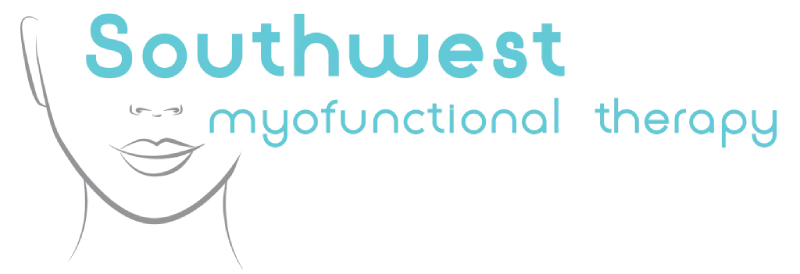Treatment of OMDs with Orofacial Myofunctional Therapy – Part 3
Posted by Sandraluz Gonzalez Dec 29, 2022

This post is the third in our four part series on treatment of OMDs with myofunctional therapy. If you haven’t read parts 1 and 2 yet, I recommend you do before continuing.
Treatment of tongue tie and lip tie with myofunctional therapy
Tongue tie is a condition where the lingual frenulum – the small membrane of tissue that connects the bottom of the tongue to the bottom of the mouth – restricts the movement of the tongue. The lingual frenulum may be too short, too thick, or attached too far up the tongue in sufferers of tongue tie. Lip tie is a similar condition, but it affects the labial frenulum, which connects the upper lip to the gum line above the front teeth.
Both tongue and lip ties are well known for causing breastfeeding issues in infants, but their repercussions reach far beyond infancy. Tongue tie can cause speech problems, eating problems, and oral hygiene issues. An uncorrected tongue tie can also cause long term swallowing issues, and consequently, dental problems. During a normal swallow, the tongue presses against the hard palate – the bony structure on the front of the roof of the mouth. The hard palate is very sturdy, and therefore works great for dissipating the extra muscular force generated by the tongue during the swallowing process. When the tongue’s range of motion is restricted such that the tongue can’t reach the anterior palate, it can lead to what is known as an infantile swallow, where the tongue misdirects the forces of swallowing into the teeth. Since the average person swallows as many as a thousand times per day, these cumulative misplaced forces lead to a misalignment of the teeth called an open bite.
Check back soon for Treatment of OMDs with Orofacial Myofunctional Therapy, Part 4. In the meantime, check out our page on treatment of OMDs.
Office Hours
MON - THU8:30 am - 5:00 pm
FRI - SUNBy appointments only





